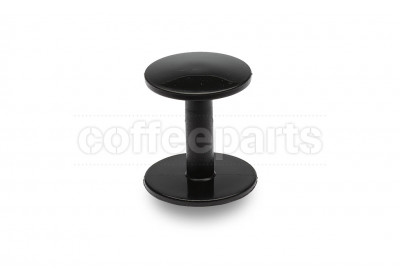
Not a Coffee Parts Wholesaler yet?
Want to be a Coffee Parts Wholesaler??
1300 129 129 9am-5pm M-F AEST

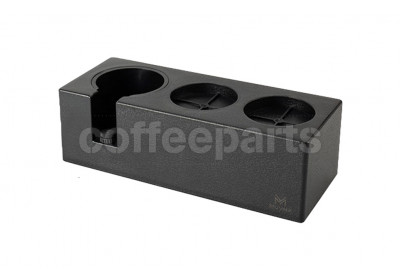

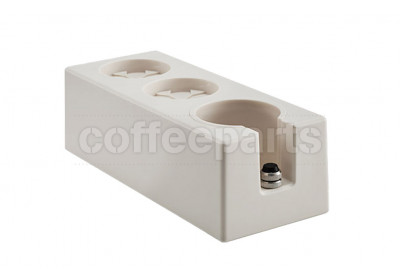


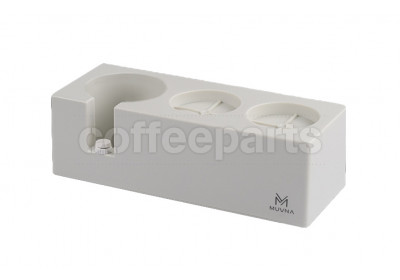

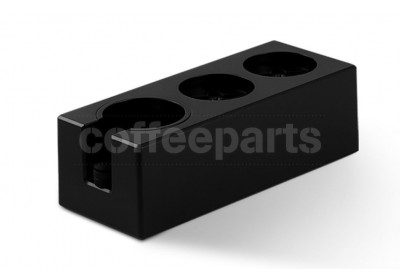
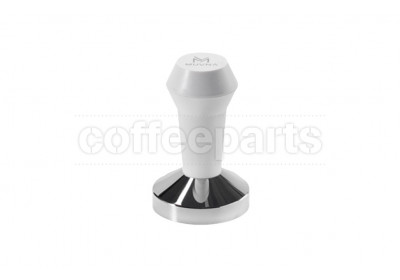

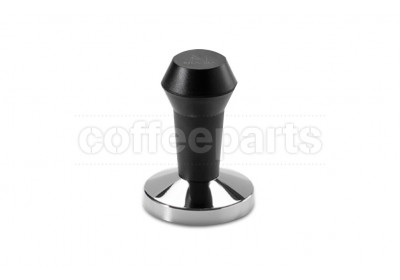

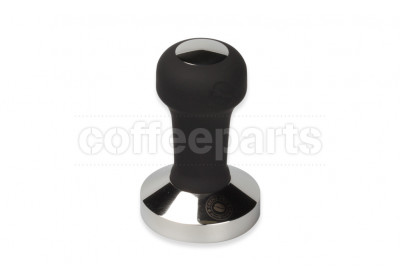

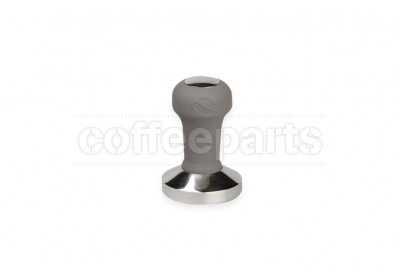

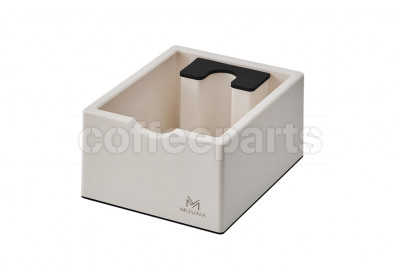

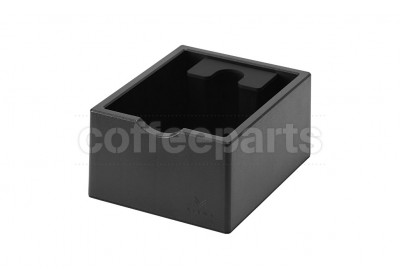

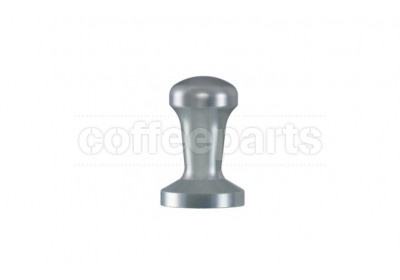

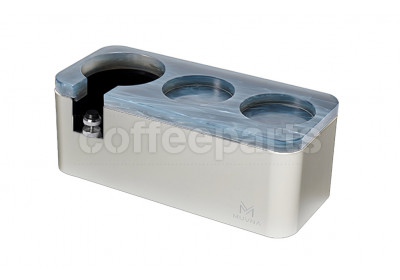

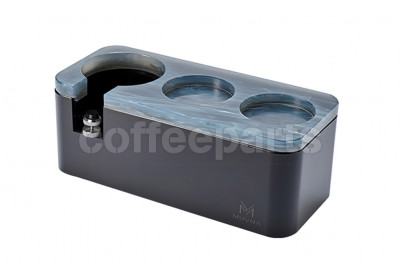

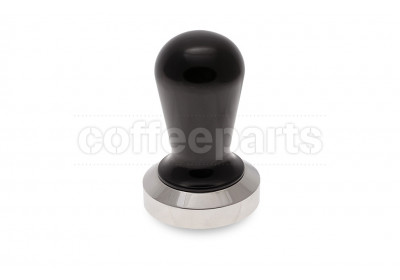



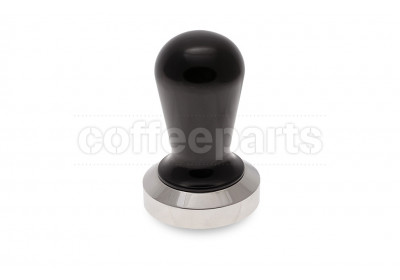



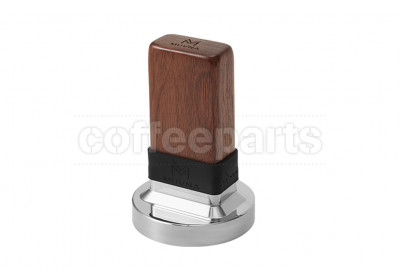


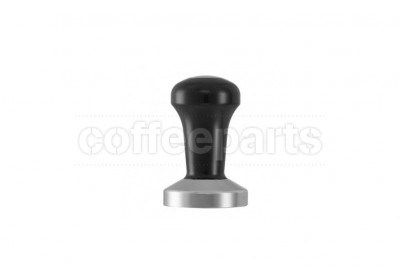
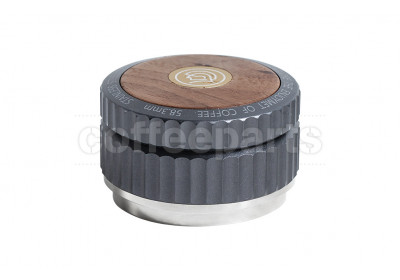



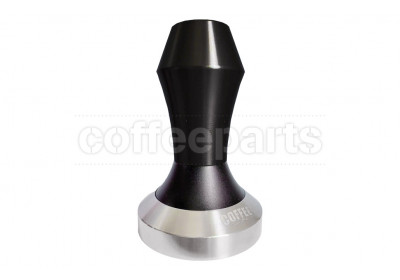

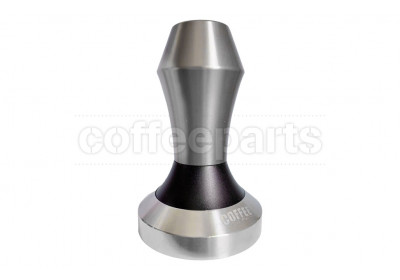
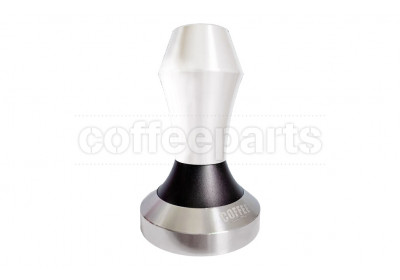
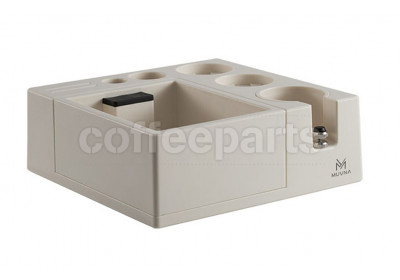
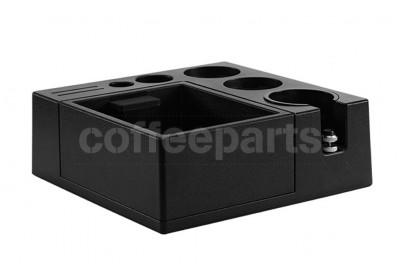
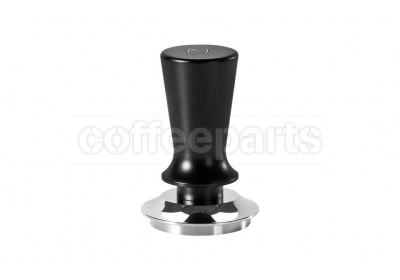


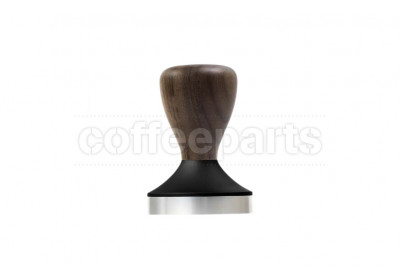

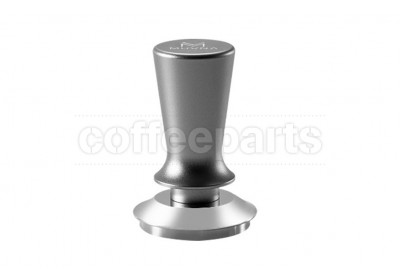

When we are preparing any of our favourite espresso based coffees, tamping is required. Coffee is ground into the Portafilter basket and is loosely piled up with ground coffee. Tamping is the process that compresses these fine particles together, removing all the empty space and creating a dry dense puck ready for extracting.
Once shot is commenced, the pressurised group head allows hot water to force its way through the grounds allowing it to rapidly extract sugars, oils and other compounds. The idea is that by providing a level, well distributed and evenly compacted tamp that it will allow the water to flow evenly through the beans and extract perfectly. Water always will travel wherever is easiest, the path of least resistance.
This can occur if there is too much space or empty voids within the grounds, you guessed it, this is where you will find the majority of your water distribution . This is commonly termed as ‘channelling’ which is the result of pressurised water travelling through paths of least resistance, essentially an ineffective extraction process. You’ll find yourself with an over extraction of some grounds, where the water channels and a total under extraction of the remainder of grounds, where it remains almost untouched.
So what are you waiting for? Grab yourself a beautiful espresso tamper and begin brewing better tasting coffee.
There’s almost as much range in machines as what there is in styles of coffee tampers, it can get a bit overwhelming. Size preferences , coffee tampers of 58mm which is the most common, however precision tampers start at 58.3mm, 58.4mm and range to 58.5mm. You’ll most likely find a stainless steel tamper in your local cafe however there are brass and copper options available.
Here's a few factors to consider when choosing a tamper:
We stock a wide range of espresso tampers to perfectly fit into your filter basket. Some of our most common products come from Crema Pro, coffee parts, Espro, Rhinoware, Pesado and of course, Pullman the home of the bigstep!
How to manual tamp like a pro
If you want the ideal tasting coffee, you’ll need to produce the perfect puck. This means that the coffee is compacted with even distributional forces. By doing so, water moving through the portafilter works hard to completely saturate the coffee grounds to extract oils and rich textures that create our beautiful espresso shots.
Grind and weigh your optimal amount of coffee grounds into your portafilter. Use a distribution tool such as the OCD Ona v3 to level, distribute and groom the surface of the grounds.
If you are going to hold and tamp, keep your wrist straight and your elbow bent at a 90-degree angle. Otherwise place your portafilter on a tamping mat or stand and ensure that the top of the portafilter is sitting perpendicular to the benchtop.
Use a two-stage approach when apply downward force. First apply roughly 7kg of force to create the basis of the puck formation. Now apply anywhere from 9kg to 13kg of force to finish the tamping. Look into calibrated tampers to get a more accurate sense of how much force you are applying.
Use a twisting motion as you pull the tamper away to polish the puck and leave a smooth surface.
Finally inspect the puck to ensure there is no loose coffee on the surface and remove excess coffee around the top of the portafilter to reduce machine maintenance and cleaning.
Tamping pressure is important when brewing on your espresso machine. The perfect espresso comes from being consistent and accurate with all the variables which contribute to the extraction process, each as important as the others. Tamping is usually recommenced from 10-30kg but this is obviously hard to measure but we generally look for a firm, even press onto the loose coffee grounds with the tamper base parallel to the bench. Ensure a tightly packed puck with nil gaps around the edges or an uneven, well distributed surface.
Speed, efficiency and consistency are undoubtedly essential factors required for a busy cafe to run smoothly. As we discussed earlier, there are so many variables left for the baristas to complete in order for the perfect cup to be brewed. Essentially it's the barista's skill set that plays a big part in the success of your cafe. With the industry evolving more towards automation for consistency it’s vital we shift our focus towards creativity, craftsmanship and our customers.
Automation? Apart from significantly increasing consistency when tamping, automatic tampers additionally establish a huge reduction in risk for overuse injuries. Tamping has been identified as one of the most strenuous tasks performed by baristas due to relative high force and repetition as well as the awkward spine and upper limb posture.
As far as statistics are concerned, as far as 75% of a barista's workday is spent preparing espresso based beverages. With hundreds of shots being pulled a day in busy cafes, it’s time we look at the long term consequences of this repetition on your staff’s physical performance.
As we know by now, there’s a little more to brewing coffee than just putting a coffee capsule into a machine and hitting a button, well for a quality cup of coffee anyway. All of our accessories are meant to complement and significantly enhance your brewing experience and ability! Usually, you’d begin your espresso process by using a Dosing tool to weigh the appropriate amount of beans with your Coffee Scales before grinding your fresh coffee!
Your coffee grounds will be put back into your dosing cup and transferred into your Portafilter Basket which may be a single, double or triple! The Distribution tool will help you to evenly distribute the grounds within the Filter Basket prior to using a coffee tamper to compress the grounds. By placing your portafilter onto a Tamping Mat you’ll prevent damage to the portafilter handle or bench, simply place 10-30kg of even pressure down on the tamper and twist to polish. Lock the portafilter into your machine, use the scales under the spout with whichever cup, glassware or reusable cup you prefer and commence brewing.
Now when texturing milk it's important to use the correctly sized milk jug for the amount of milk you require. Once you texture the milk, use a milk Thermometer to get the ideal steaming time for whatever milk you’re working with and if in a cafe you might have the option of a Milk Jug Rinser which is incredibly convenient for the post brew clean! A chocolate shaker is a must for those mocha or cappuccino lovers. When the shot is pouring, make sure to use a barista timer or your scales to measure for the perfect extraction, we recommend 23g in and 46g out at an extraction time of 25-30 seconds. Knock the puck out in either a Knock Box at home or a Standing knock tube or in bench shoot if you’re in a cafe!
Now every machine deserves a good clean, check out our range of Blind Filters, cleaning brushes, cleaning products and chemicals! Everyone loves having a few beans up your sleeve so be sure to check out our favourite Coffee Storage units for home or cafe! If you've got a passion for coffee, well there's nothing tastier than some cupping, use some of our coffee Cupping Tools, such as bowls and spoons to bring this professional experience into your own home!